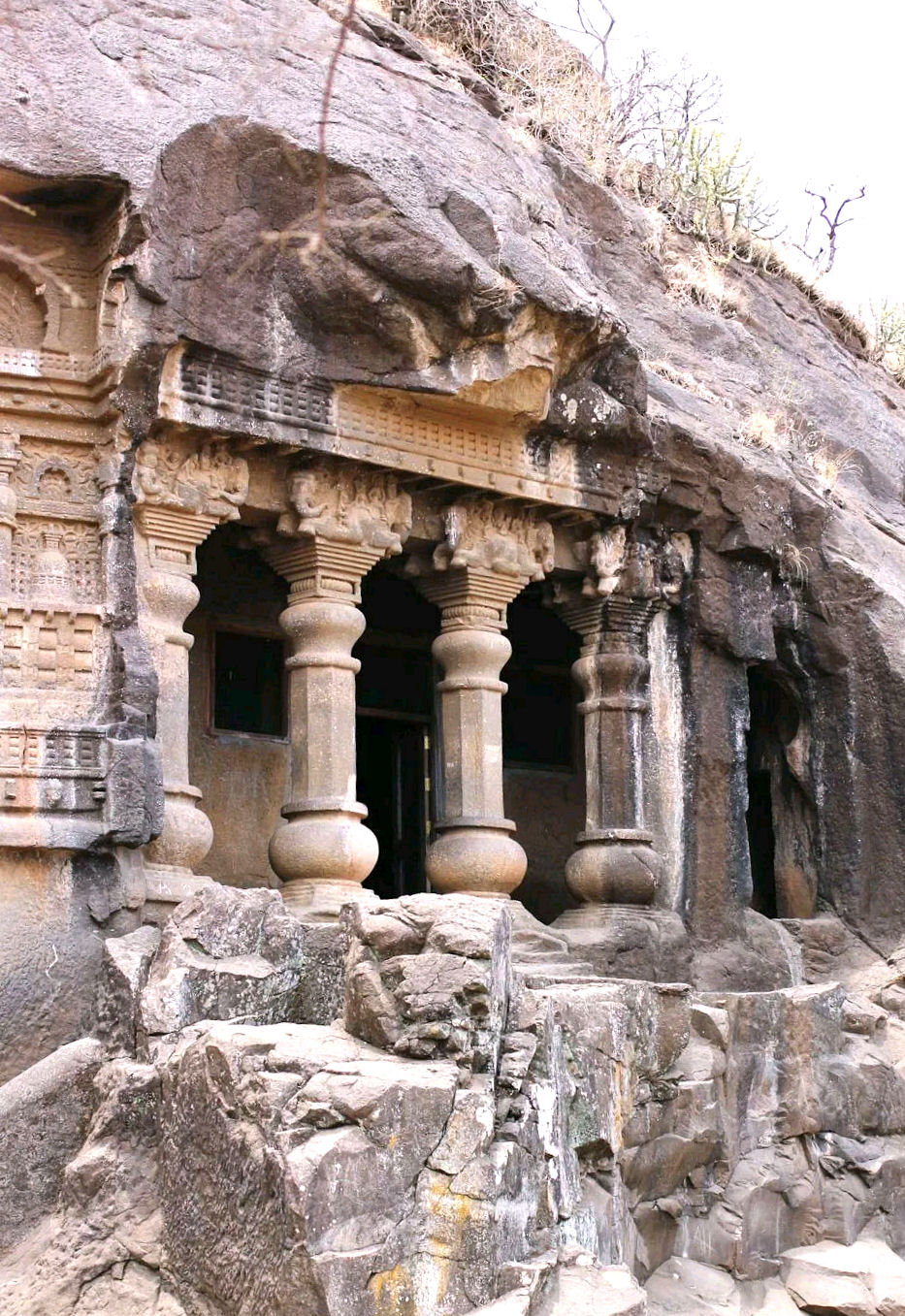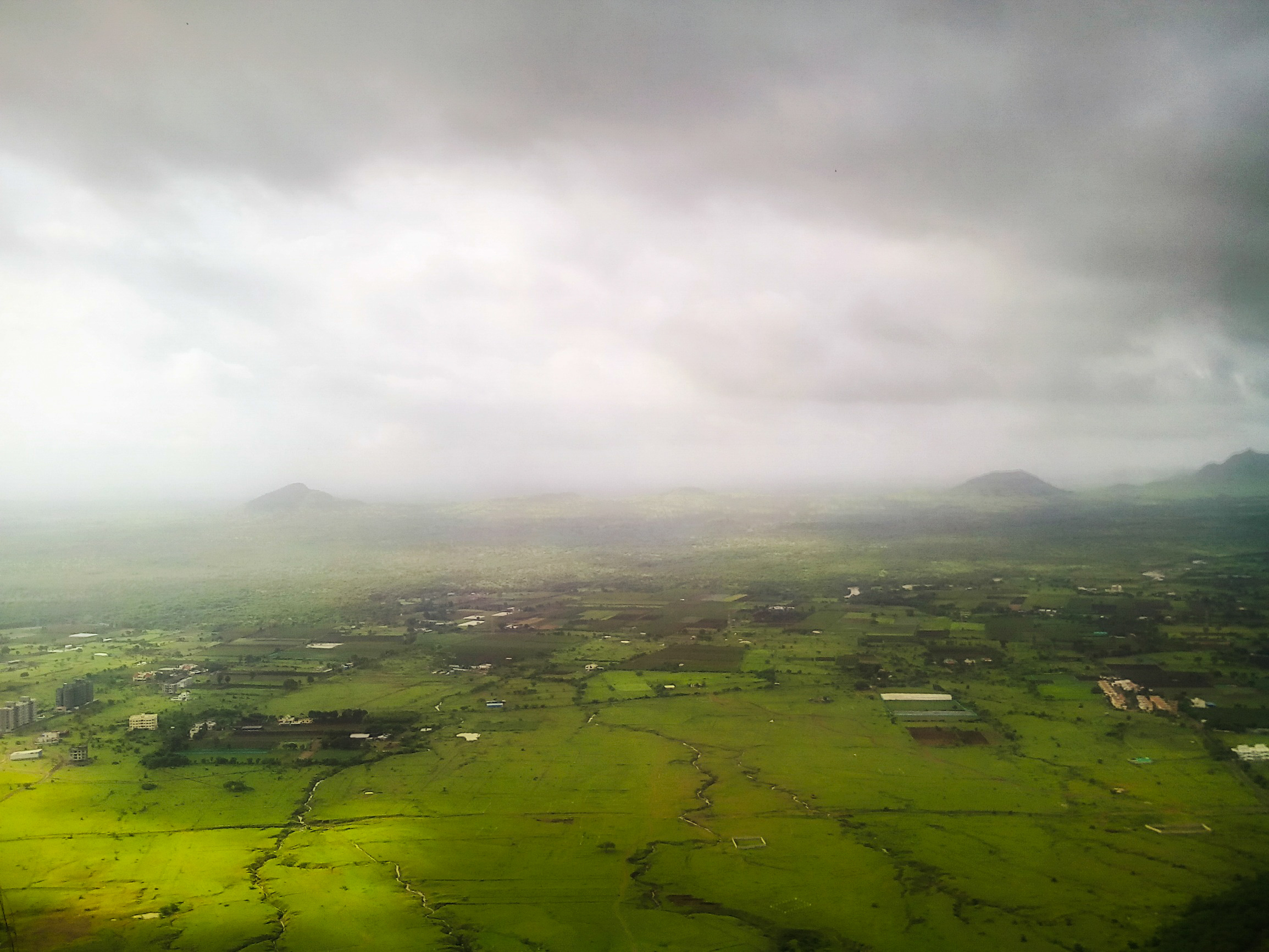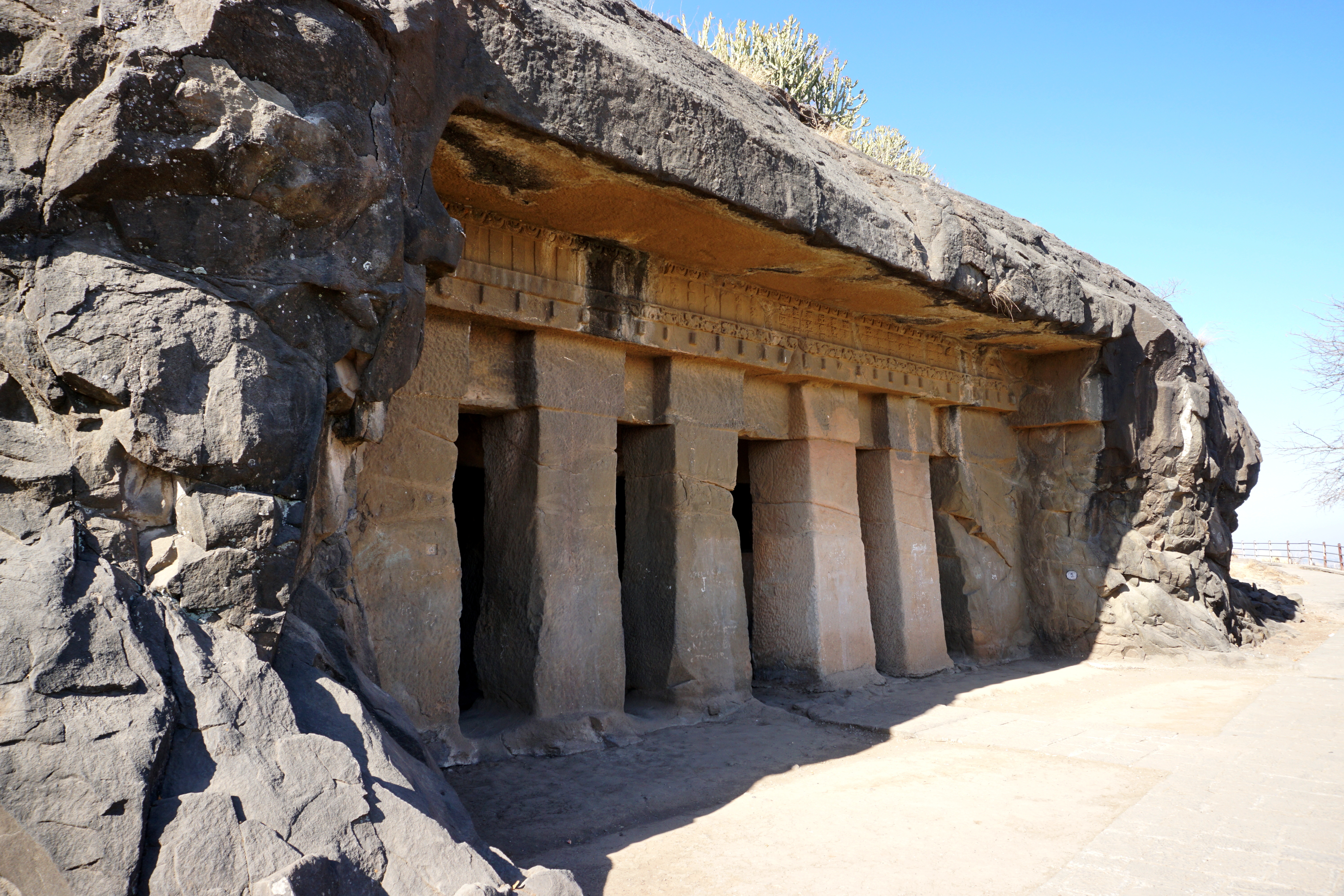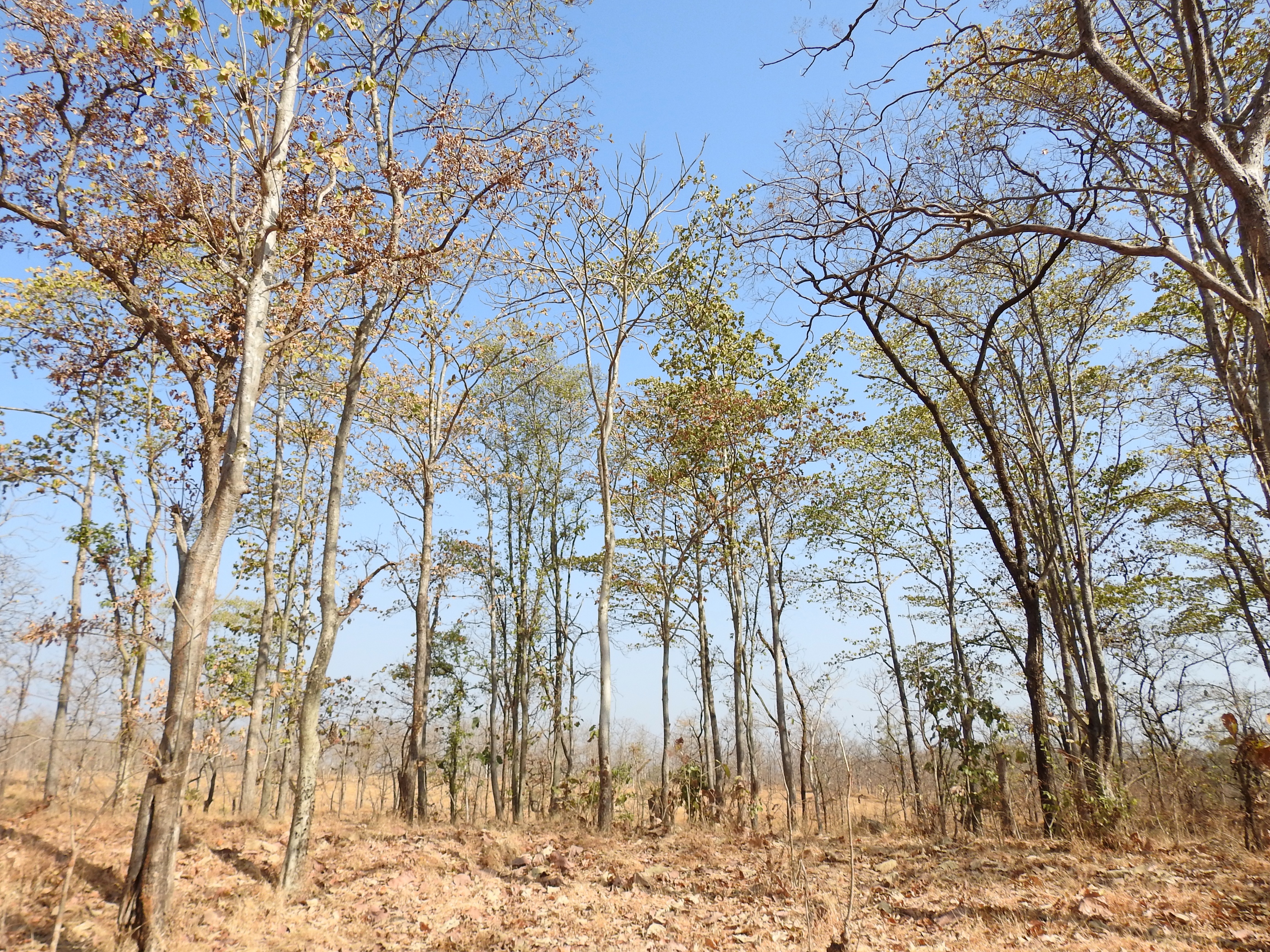The Pandavleni Caves near Nashik represent a remarkable testament to Buddhist rock-cut architecture and historical resilience. Carved meticulously into basaltic rock during the 1st century BCE, these 24 caves offer an extraordinary glimpse into the socio-cultural landscape of ancient Maharashtra. The site's significance extends far beyond mere architectural marvel, embodying a complex narrative of dynastic patronage, spiritual evolution, and artistic expression.
The caves' construction reflects the intricate political dynamics of the time, with powerful dynasties like the Satavahanas, Western Kshatrapas, and Abhiras providing crucial support to Buddhist monastic traditions. Cave No. 3, known as the Gautamiputra vihara, stands as a prime example of this royal patronage, commissioned by Queen Gotami Balasiri to commemorate her son King Gautamiputra Satakarni's military achievements.
Architecturally, these caves represent an exceptional example of early Buddhist excavation techniques. The artisans demonstrated remarkable skill in carving intricate water management systems, creating tanks and channels within the rocky terrain. The interiors, starkly plain and functional, contrast sharply with elaborately sculpted exteriors featuring grand chaitya halls and viharas that showcase the sophisticated aesthetic sensibilities of the era.
Epigraphic evidence found within the caves provides invaluable historical insights. Inscriptions not only detail military conquests but also illuminate the complex social structures and religious patronage practices of the time. Queen Gotami's inscription, for instance, is a profound documentary record that transcends mere historical documentation, offering a nuanced understanding of royal philanthropy and Buddhist monastic support systems.
The caves were primarily excavated by the Hinayana sect of Buddhism, representing an early phase of Buddhist architectural and spiritual practices. Their strategic location on the Trirashmi hills ensured protection from environmental elements, contributing to their remarkable preservation over centuries. The yellow ochre color referenced in their original Pali name, "Pundru," hints at the monks' distinctive saffron robes and their meditative lifestyle.
Local folklore surrounding the caves adds another fascinating layer to their narrative. While popular belief associates them with the Pandavas from the Mahabharata, historical evidence does not substantiate this claim. Such legends, however, underscore the site's enduring cultural significance and its ability to capture collective imagination across generations.
In contemporary times, the Pandavleni Caves have transformed from a secluded monastic retreat to a celebrated archaeological destination. Well-maintained pathways and tourist facilities have made these ancient caves accessible, allowing visitors to traverse the same spaces where Buddhist monks meditated and scholars deliberated centuries ago. The site serves as a critical educational resource, offering profound insights into Maharashtra's rich cultural heritage and the sophisticated architectural practices of ancient Indian civilizations.
The preservation of the Pandavleni Caves represents a remarkable achievement in archaeological conservation. Their continued existence provides scholars, historians, and tourists an unparalleled window into the complex religious and social dynamics of early Indian history. As a testament to human creativity, spiritual dedication, and architectural brilliance, these caves continue to inspire wonder and scholarly exploration.







